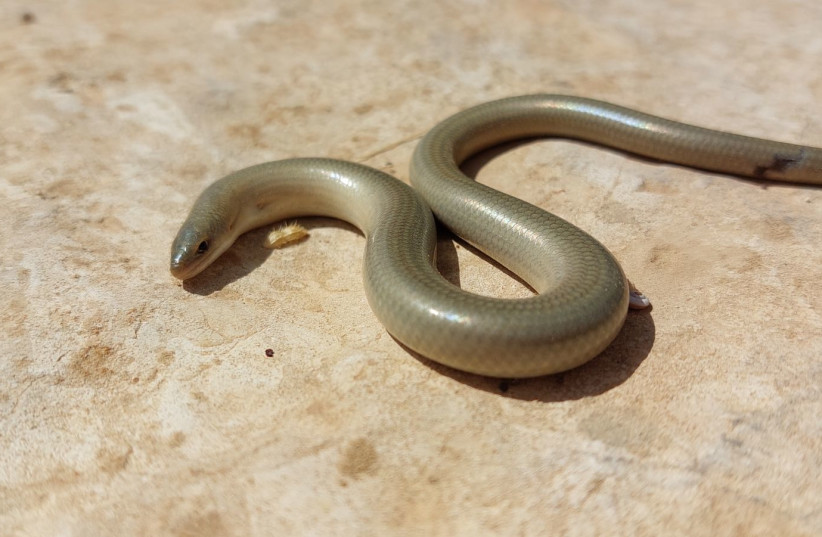The science behind colorful snakes - study
Researchers have located and successfully edited the gene responsible for reptilian color variants.
A recent study has discovered why snakes are so colourful. Researchers at McGill University and University of Georgia used whole gene sequencing, gene-editing and electron microscopy to examine the variations in colour and pattern on ball pythons.
The peer-reviewed study was successful in finding that the gene tfec is largely responsible for the colour variants found in vertebrates.
Captive snakes
The sale of captive-bred reptiles is a lucrative business and the industry in the US alone is worth $1.4 billion. Over 4.5 million households keep reptiles as pets and one in five of those are bred in captivity.
Ball pythons, the most commonly kept species of pet snake, can sell for thousands of dollars due to their vibrant colour variations and docile personalities. The colour variations have diversified greatly through selective breeding in captivity.
“Ball pythons show incredible variation in skin coloring and patterning, which is part of their appeal for hobbyists, but also makes them really useful for researchers who want to understand the genetic basis of coloration,” says Rowan Barrett, Interim Director of McGill University’s Redpath Museum and the Canada Research Chair in Biodiversity Science.
“The pet trade has created a huge pool of colour variation that would not have existed otherwise. This provides a catalogue for us to figure out the many ways that genes produce the amazing diversity of colors, spots, and stripes we see across different animals.”
The scientists used gene editing technology CRISPR to modify the tfec gene in lizards and the lizards showed altered colouration as a consequence.
CRISPR controversy
CRISPR, which stands for clustered regularly interspaced short palindromic repeats, can enable DNA editing. This scientific breakthrough has allowed genetic medical conditions to be written out of DNA, allow crops to develop resistance to weather and give livestock desirable features. Humans are undergoing ‘gene therapy’ using CRISPR and it is FDA regulated.
While the technology has been used for good, there is controversy surrounding its use. This controversy stems from both scientific concerns and moral ones.
In 2019, a Chinese scientist was jailed for three years after it had come to light that he had modified twin girls’ DNA to make them resistant to HIV. The editing of the girls’ DNA was highly experimental and branded unethical. Gene-editing is still a relatively new discovery, and much is unknown. The scientist is thought to have subjected the girls to significant risk through experimenting on them.
Morally, some people have criticized the technology as a passive form of eugenics. The potential to get rid of ‘bad genes’ in replacement for socially desirable ones is not something that everyone is comfortable with. This leaves the question if parents should have the right to choose their child’s eye colour, skin colour or other features.
More pressingly, if gene-editing is only made available to the wealthy than there is a concern that rich children will be given an unnatural advantage from the embryo.
Some people have an ideological disapproval of the technology, claiming it would be akin to playing god. They question if humans should even have the capacity to decide what features and qualities babies are born with.
Jerusalem Post Store
`; document.getElementById("linkPremium").innerHTML = cont; var divWithLink = document.getElementById("premium-link"); if (divWithLink !== null && divWithLink !== 'undefined') { divWithLink.style.border = "solid 1px #cb0f3e"; divWithLink.style.textAlign = "center"; divWithLink.style.marginBottom = "15px"; divWithLink.style.marginTop = "15px"; divWithLink.style.width = "100%"; divWithLink.style.backgroundColor = "#122952"; divWithLink.style.color = "#ffffff"; divWithLink.style.lineHeight = "1.5"; } } (function (v, i) { });

